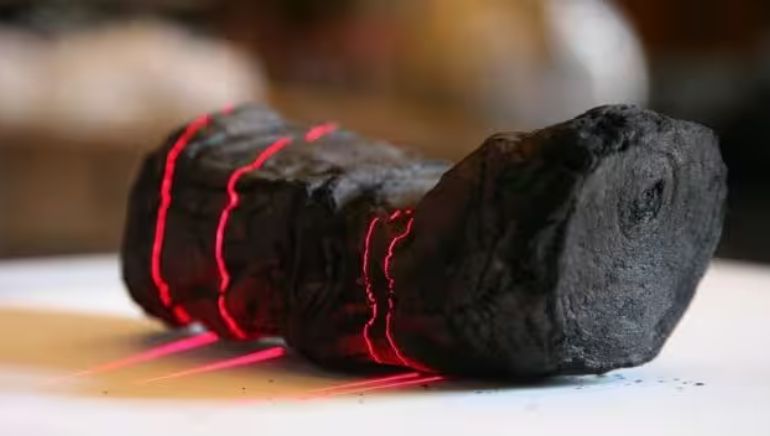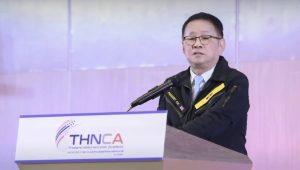In a remarkable feat, a 21-year-old computer science student has harnessed the power of artificial intelligence (AI) to decode letters from scorched scrolls dating back 2,000 years, which were once considered completely unreadable. The discovery was announced on October 19 by Professor Brent Seales, a computer scientist at the University of Kentucky, along with a team of collaborators.
They researchers initiated the Vesuvius challenge in March, an endeavour aimed at expediting the deciphering of these ancient texts. The challenge, supported by Silicon Valley investors, offered cash rewards to researchers, who could extract legible words from the carbonised scrolls.
The scrolls, comprising more than 1,800 charred papyrus documents known as the Herculaneum papyri, were unearthed in the 18th century in Italy. When the volcanic eruption in AD 79 reached the town of Herculaneum, it not only buried the Roman settlement, but also incinerated these scrolls in the library of a luxurious villa.
Two computer science students, Luke Farritor in Nebraska and Youssef Nader in Berlin, took up the Vesuvius challenge. They significantly improved the search process and, remarkably, both independently arrived at the same deciphered word. Farritor was the first to identify a word and was awarded $40,000, while Nader also succeeded and secured a $10,000 prize. Subsequently, more letters from these ancient scrolls have been uncovered by researchers.















